It goes without saying that we have lived through an overwhelming number of changes in the last two years. As we settle into 2022, and manage all of the uncertainty, many are cautiously beginning to ask, what happens next? Is this the year that we return to what we once knew as normal? In the world of Learning and Development (L&D), that’s unlikely. But I’d suggest that this may actually be a good thing.
We’ve moved past the days where employees were confined to offices for 8-10 hours a day and where we believe that corporate culture sits within the walls of an office building. In some industries, employers have even begun to transition out of the traditional 5-day-work week. For companies that want to retain high-performing employees and attract new talent, now more than ever, it is critical that they begin to focus on cultivating environments and supporting a climate that is employee centered. What we are likely to see in L&D spaces are trends that compliment and integrate the rapid workplace changes we’ve experienced at a global level over the last two years. Here are a few thoughts and suggestions on how these changes could benefit your workplace.
Rebranding Soft Skills as Essential Skills
You’ve heard me say it before, and I’m definitely not the only one. We need to stop calling them “soft skills”. In a traditional work-environment, the importance of essential skills can easily be overlooked. While empathy, collaboration, and resilience will always be important, changing work-place structures have revitalized the importance and necessity of transferable essential skills. Now more than ever, workplaces are in dire need of employees with exceptional communication skills and emotional intelligence. This trend will likely result in learning and development programs that prioritize interpersonal and intrapersonal skills, and we would do well to embrace these opportunities.
It’s crucial that employers understand (and I mean actually understand) that many employees are burnt out, exhausted, overwhelmed, and feel undervalued. Leaders are feelings this, too. While it may seem inconsequential to prioritize essential skills, it’s a clear reminder to your team that they are more than what they produce. That reminder couldn't be more critical for the employee suffering from pandemic fatigue. By pouring into your team, and acknowledging what they bring to the table, you’ll be better equipped to strategize for your business and your team will know that they are valued.
Continued Focus on Learning and Working from Home
Remember that one time when most of us had to learn how to work from home? It was a difficult transition, but some of us have embraced it. We found our routine, our favourite chair, and what we needed to not only manage, but thrive. As a company that has spent the better part of the last two years transitioning staff remotely, you may find some resistance in bringing the team back to the office. There will also, of course, be those who are eager to get back into the office because they personally thrive in shared working spaces.
While 2020 forced many of us to work from home, by 2021, some of us were choosing it. In 2022, we see employees who are actively seeking flexible remote options. Some organizations I work with are struggling to differentiate between flexibility and autonomy. The expectations between employees and employers are being challenged, and this is causing concerns with return-to-office planning. There is a difference between the two and you can have both. L&D will be called upon to help with transitions.
Leadership Training for All
We should also expect to see a new work culture that champions the leader in all of us. The world changed, how we work changed, and so how we interact, communicate, and lead has also changed. As we continue to work remotely, set our own hours, and manage our days independently, some employees are seeking ways to improve and enhance their essential skills to be even more effective. Employers should invest and capitalize on this. In doing so, they’ll have the opportunity to elevate the diverse skills and knowledge in their workforce and catalyze new stages of growth by tapping into their team's truest potential.
Although many of us are still experiencing the fatigue that comes with living in flux, the trends and new focuses we’re seeing in the L&D space have the power to help and support. In 2022, development programs will begin to refocus on whole-person growth because we bring our whole selves to work. It will focus on the needs, passions, and skills of the individual. That is my hope at least, and there’s no doubt that will benefit us all.
PS: Excited to share that our next cohort for the 3x3 Executive Leadership Program (in partnership with Women of Influence) begins on February 22nd! Details here!







